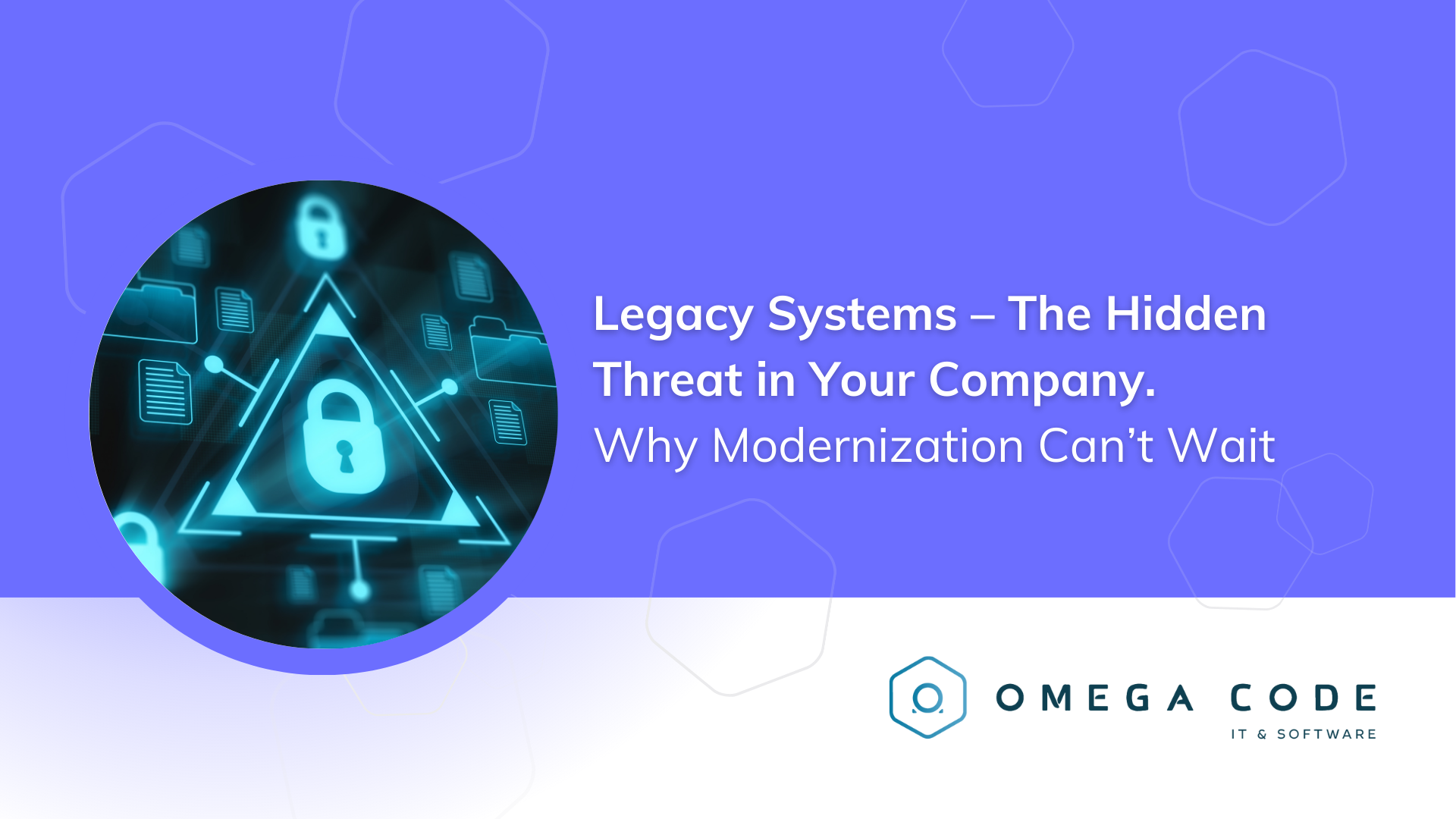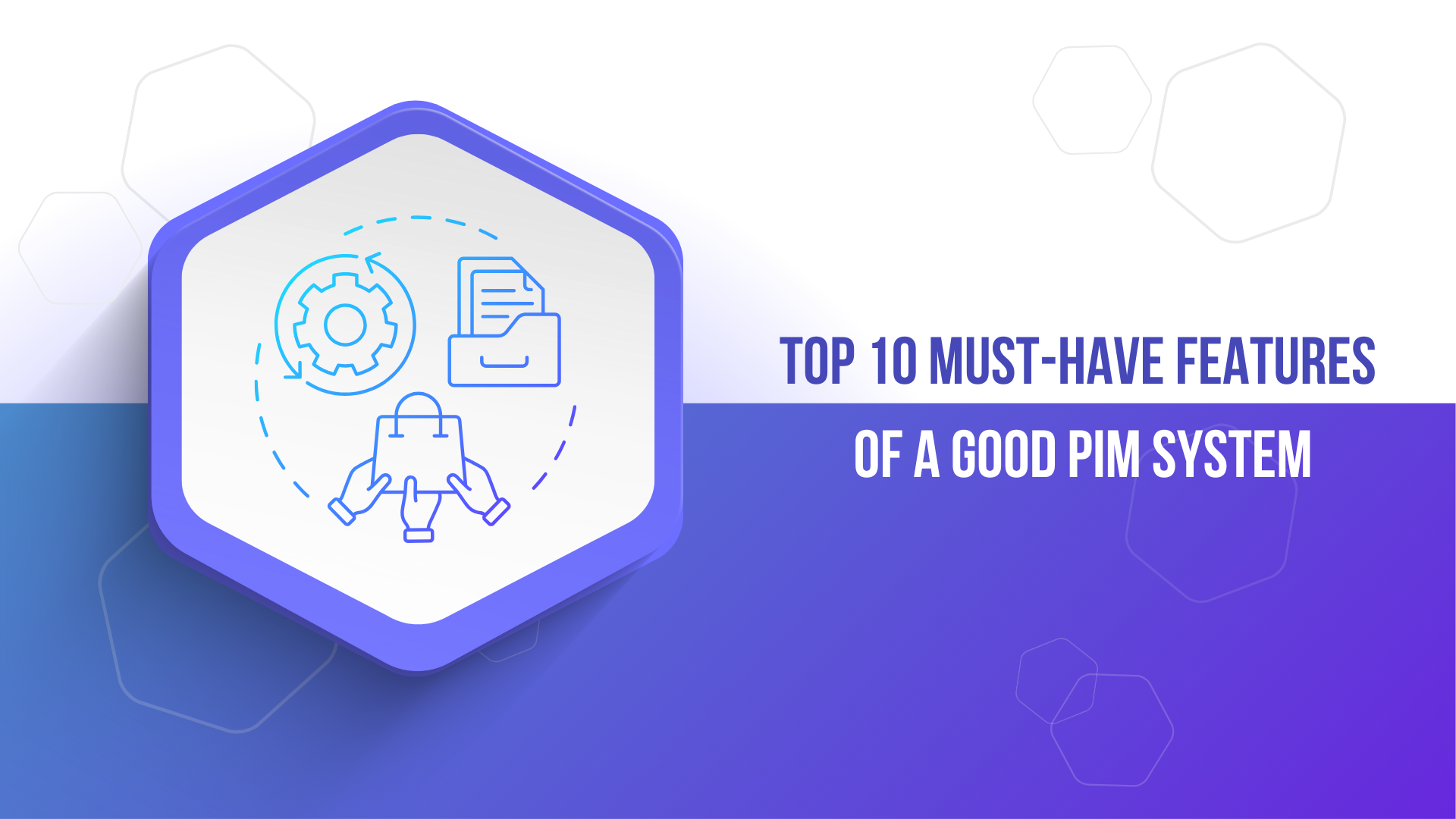How to use AI in business? Opportunities and risks
The availability of many new tools makes managers curious about how to use AI in business and its possibilities and limitations. Let's look at the biggest opportunities and risks posed by artificial intelligence.

How to use AI in business? Opportunities and risks
While artificial intelligence is not a novelty, it has recently become a leading topic in the technology industry. The availability of many new tools makes managers curious about how to use AI in business and its possibilities and limitations. Let's look at the biggest opportunities and risks posed by artificial intelligence.
The present state of AI
Although AI is considered an innovation today, work on this technology began several decades ago. Advances in theories, model complexities, learning strategies, and computer processing power have all significantly contributed to the AI we see today. This progress accelerated around 2012 with the emergence of Deep Learning models, alongside other technologies now often integrated with AI, such as Big Data and the Internet of Things (IoT).
The artificial intelligence revolution is rapidly approaching. It's no surprise that many managers are eager to implement it in their organizations as soon as possible. However, is AI advanced enough to be practically applied in business, or is it still a prototype that needs years of development to become truly useful? Let's explore the current opportunities and challenges of using AI.
Opportunities of AI in business
At its current stage of development, artificial intelligence can be integrated into numerous processes, suggesting that AI will play an increasingly vital role in various areas of business operations. According to Precedence Research, the global AI market is projected to grow to over $2.575 billion, representing a 19% annual growth over the next decade.
So, how exactly can artificial intelligence be used in organizations? The most important functions and capabilities include:
-
Predictions and forecasting
Artificial intelligence can support organizations by predicting market trends, future customer preferences, and potential deviations from these trends. It achieves this by analyzing both historical and current data.
-
Automated consulting
Artificial intelligence can independently analyze the market and customer profiles, and then recommend the best-matching offers. It can also optimize customer purchases and ensure the highest value at the lowest price.
-
Personalization
AI can also automatically generate individually tailored offers based on customers’ profiles, needs, interests, and previous transactions.
-
Automated risk valuation
AI used in data analysis can quickly and more accurately assess the risk of projects, transactions, and even non-business factors such as natural disasters.
-
Fraud detection
AI algorithms can analyze transaction patterns to identify suspicious activity. They can detect fraud by analyzing photos, videos, conversations, online behavior, and other factors indicating fraud attempts.
-
Automation of claim processes
In insurance companies, AI can significantly speed up claims processing by automatically analyzing documents and comparing them with policies.
-
Big Data Analysis
Companies that process significant amounts of data can benefit from artificial intelligence in many areas, such as predicting when a customer might cancel a service and calculating the probability of future transactions.
-
Digital customer service
Thanks to AI, it's possible to develop advanced customer service tools like chatbots and interfaces. They can effectively respond to customer inquiries, solve problems, and support the sales process by providing additional information and recommendations.
-
Code development
Artificial intelligence can also support software development processes by automating tasks traditionally performed by programmers and project managers. This support encompasses development work, software testing, and documentation preparation.
Risks of AI in business
AI, in its current stage of development, can be compared with BI (Business Intelligence). Mariusz Kokoszkiewicz, CEO of Omega Code, says:
"BI opens the door to implementing a Data-Driven Organization strategy, which is based on constructing processes using consciously gathered data. Technically, this entails building warehouses and data analysis hubs and creating reports and dashboards.
A fundamental aspect of this approach is human involvement - analyzing data, gathering it, pinpointing and defining key performance indicators (KPIs), followed by the team's concerted efforts on the data. It's an ongoing process, marked by continual refinement, process enhancement, and the expansion of the data warehouse. All of this underscores that working with BI doesn't allow for compromises.
However, following the implementation of BI, many companies stagnate at various stages, failing to disseminate data across the organization, neglecting process modeling, and even overlooking the need to update their developed BI dashboards. This results in BI becoming a static snapshot of the business from years ago, contributing little to nothing in light of the evolving landscape."
Similar to BI, the integration of AI into business processes comes with a set of risks and concerns. What areas and issues pose the greatest challenges and uncertainties?
Low data quality
Usually, AI hinges on data analysis. Then high-quality data is paramount for this technology - so, it must be collected purposefully and presented clearly. Nonetheless, humans remain accountable for selecting data, deciding on collection and processing methods, and defining business indicators (KPIs). This inherently poses a risk of errors, underscoring the importance of precision in collecting and processing company data quality when integrating AI.
No consistency
The Data-Driven Organization strategy hinges on constructing processes around deliberately collected and utilized data. However, like any other strategy, it requires systematic implementation, ongoing employee education, and the introduction of suitable procedures. Otherwise, failure to update data regularly, neglecting process modeling, and leaving dashboards and other data sources unrefreshed can lead to AI offering inaccurate recommendations based on outdated information.
Disturbed learning processes
AI is a self-learning technology, meaning it can recognize and retain patterns from the provided data. Consequently, if it receives unsuitable or outdated data, it incorporates it into its learning process. This could lead to the presentation of inaccurate analyses and recommendations even after data has been replaced and updated. Consequently, an enterprise relying on AI predictions might end up making wrong business decisions.
Summary: using AI in business
Mariusz Kokoszkiewicz, CEO of Omega Code, highlights the benefits of AI in business: "Our experience indicates that leveraging artificial intelligence can enhance key performance indicators by up to 100%”. Nevertheless, how can businesses effectively harness AI while mitigating these risks?"
-
First and foremost, it's crucial to grasp the role of AI within the organization. It's not a standalone solution, and its effectiveness hinges on your creativity and how it's employed within the company.
-
For AI to truly function as a business enabler, it has to be seamlessly integrated with company processes and technologies rather than replacing them.
-
While AI has the potential to expedite numerous processes and enhance their technological and cost efficiency, achieving this requires even greater diligence than before in terms of data storage, collection, and processing within the organization.
If you need guidance, support, or assistance in crafting an AI implementation strategy for your organization, feel free to reach out to us. At Omega Code, we've been successfully leveraging artificial intelligence for several years, and we've recently assembled a team of experts dedicated to supporting our clients' projects in this domain.





